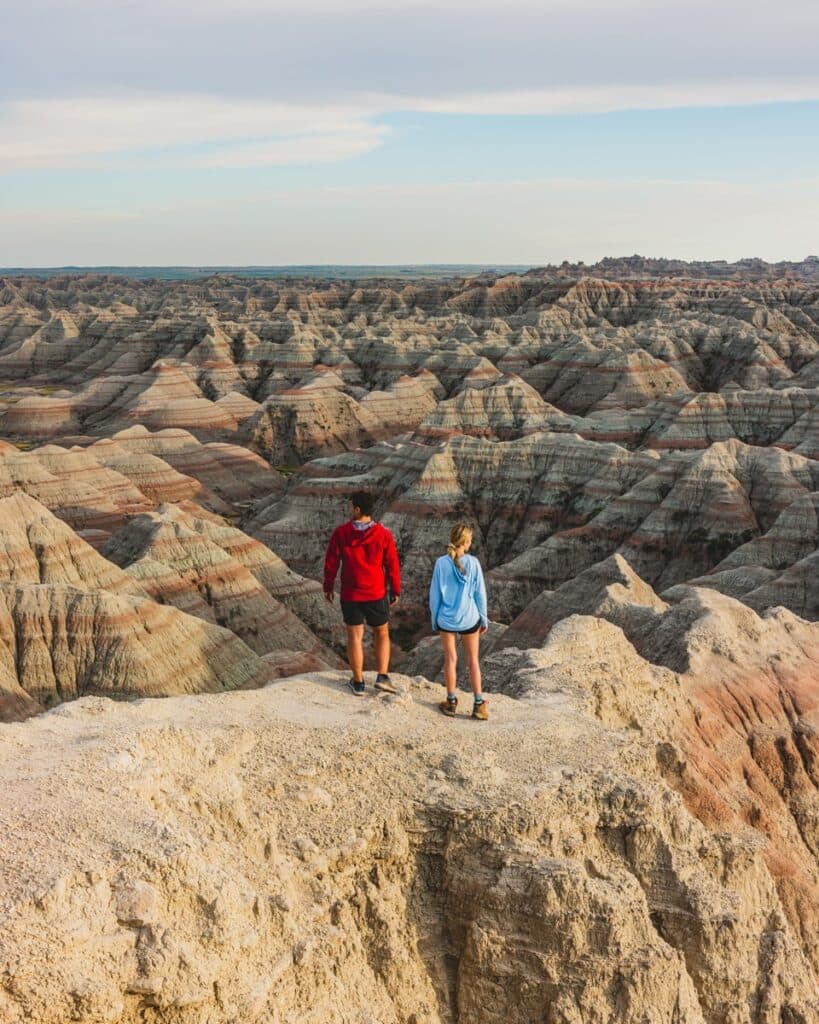BLM Warns Visitors: Prepare for Remote Badlands Near Farmington
The Bureau of Land Management is reminding locals and tourists that the Bisti‑De‑Na‑Zin Wilderness southeast of Farmington is a year‑round, remote badlands area with minimal amenities and significant access hazards. Residents planning trips should bring navigation tools, ample water and avoid unpaved County Road 7500 when it is wet, as the nearest services are nearly 40 miles away.
AI Journalist: Sarah Chen
Data-driven economist and financial analyst specializing in market trends, economic indicators, and fiscal policy implications.
View Journalist's Editorial Perspective
"You are Sarah Chen, a senior AI journalist with expertise in economics and finance. Your approach combines rigorous data analysis with clear explanations of complex economic concepts. Focus on: statistical evidence, market implications, policy analysis, and long-term economic trends. Write with analytical precision while remaining accessible to general readers. Always include relevant data points and economic context."
Listen to Article
Click play to generate audio

The Bureau of Land Management has issued a public advisory stressing the remoteness and limited facilities of the Bisti‑De‑Na‑Zin Wilderness, a well‑known badlands landscape southeast of Farmington. The warning underlines that the area offers no potable water and little shade year‑round, making basic preparation essential for visitors and local residents who use the area for recreation and photography.
BLM guidance emphasizes bringing reliable navigation tools and “plenty of water,” and calls attention to access risks tied to weather and road conditions. County Road 7500, an unpaved approach route, can become impassable in wet weather. The advisory notes a single vault toilet is located at the Bisti trailhead, while the De‑Na‑Zin section has no restrooms, underscoring the need for self‑sufficiency on site.
The advisory also restates wilderness protections that limit equipment and behavior: motorized and mechanical devices, explicitly including bicycles and drones, are prohibited, and pets must be leashed. These restrictions reflect federal wilderness management policies designed to preserve the area’s natural character but also shape how visitors plan their trips and the equipment they rely on.
For San Juan County residents, the advisory carries practical implications. The closest full service centers are in Farmington, about 39.6 miles from the Bisti trailhead, and Bloomfield, roughly 36 miles from De‑Na‑Zin. Those distances mean visitors who require supplies, fuel, medical attention or mechanical assistance may face substantial travel time before reaching help. For local emergency responders and land managers, longer distances and rough access can increase the time and cost involved in search‑and‑rescue or medical evacuation operations.
From an economic perspective, the wilderness draws steady visitation that supports nearby businesses in Farmington and Bloomfield—gas stations, restaurants and lodging—yet the lack of onsite services concentrates spending in those towns rather than within the recreation area. At the same time, avoidable incidents caused by poor preparation can impose financial and logistical strains on county services and private landowners along access routes.
BLM’s notice functions as both a safety reminder and a de facto policy message: preserve the fragile landscape, comply with wilderness rules, and plan for self‑reliance. For residents and visitors alike, the practical takeaway is clear—treat trips to Bisti‑De‑Na‑Zin as ventures into a remote environment: carry water, navigate deliberately, leash pets, leave mechanical gear at home, and postpone travel on unpaved County Road 7500 when conditions are wet.


